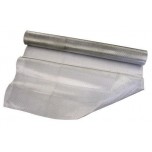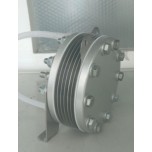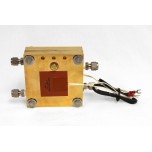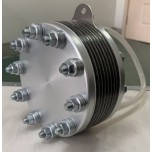Electrolyzer Hardware - Square
Electrolyzer research and development provides the crucial link to make the renewable energy concept and hydrogen energy a reality. The unpredictability of having the supply of power when needed will no more be an issue. Excess unused power generated from solar and wind can be used to generate, and store hydrogen for a later use for filling a car, and/or to use in a fuel cell for distributed, emergency power and other hydrogen energy solutions.
The Electrolyzer Research Hardware provides a reliable hardware with many built-in flexibilities for studying different materials for flow-field, different catalysts, membranes, and current distributors.
Water electrolysis takes place in an electrolyzer using electricity to split water. At the anode electrode, water is split to form oxygen and protons. At the cathode electrode, the supplied electricity combines with protons to form hydrogen. The protons transport from anode to cathode through a proton exchange membrane to complete the electrolyzer reaction. High electrically conductive and corrosion resistant materials are required to support high performance and long endurance testing.
✔ Design for quick assembly and re-assembly – easy drop-in installation guided by alignment pins and flat gaskets
✔ Built with titanium – giving high electrical conductivity and corrosion resistance, comprising current collectors, separator plates and flow field internal parts
✔ Basic square design – high material utilization in square vs circular and easy fabrication
✔ Built-in silicon rubber heaters (120 watt) for maintaining cell temperature, with selectable voltages (110 or 220VAC)
✔ Built-in thermal couple for close temperature measurement and control at the center of the cell
• Active Area: 5cm² or 50cm²
• Cell body dimension (H x W x T): 10.1 cm x 10.1 cm x 1.0 cm (50cm²)
• Overall body dimension (H x W x T): 15.4 cm x 13.5 cm x 4.9 cm (50cm²)
• Weight: 2.8 kg (50cm²)
• Operating Pressure: 0 - 50 psig
• Operating Temperature: 35 - 75 ºC
• Hydrogen production for 5cm2 : up to 35 SCCM
• Hydrogen production for 50cm2 : up to 350 SCCM
Write a review
Your Name:
Your Review: Note: HTML is not translated!
Rating: Bad Good
Enter the code in the box below:










 Electrolyzer Hardware - Square Manual
Electrolyzer Hardware - Square Manual

























